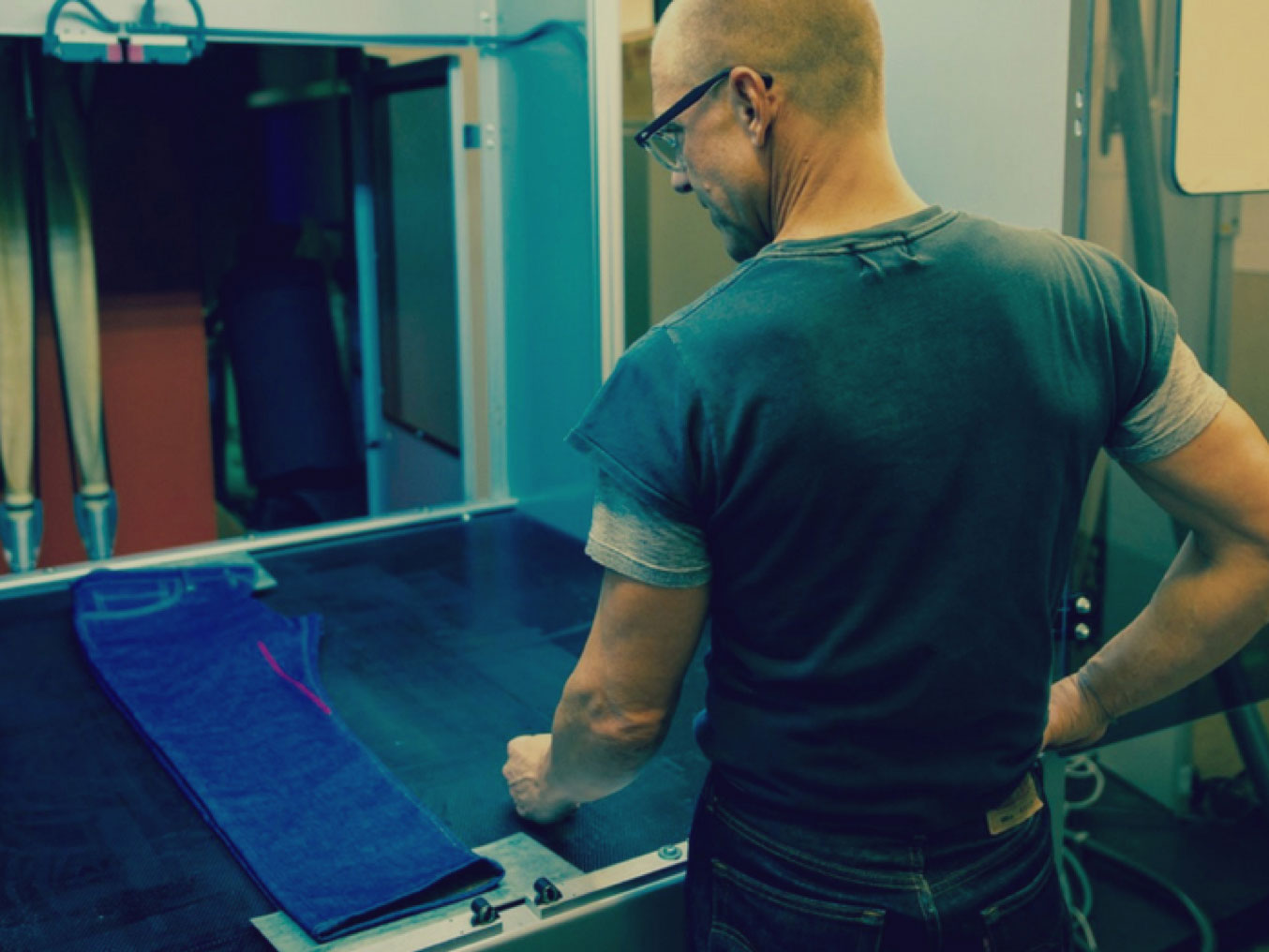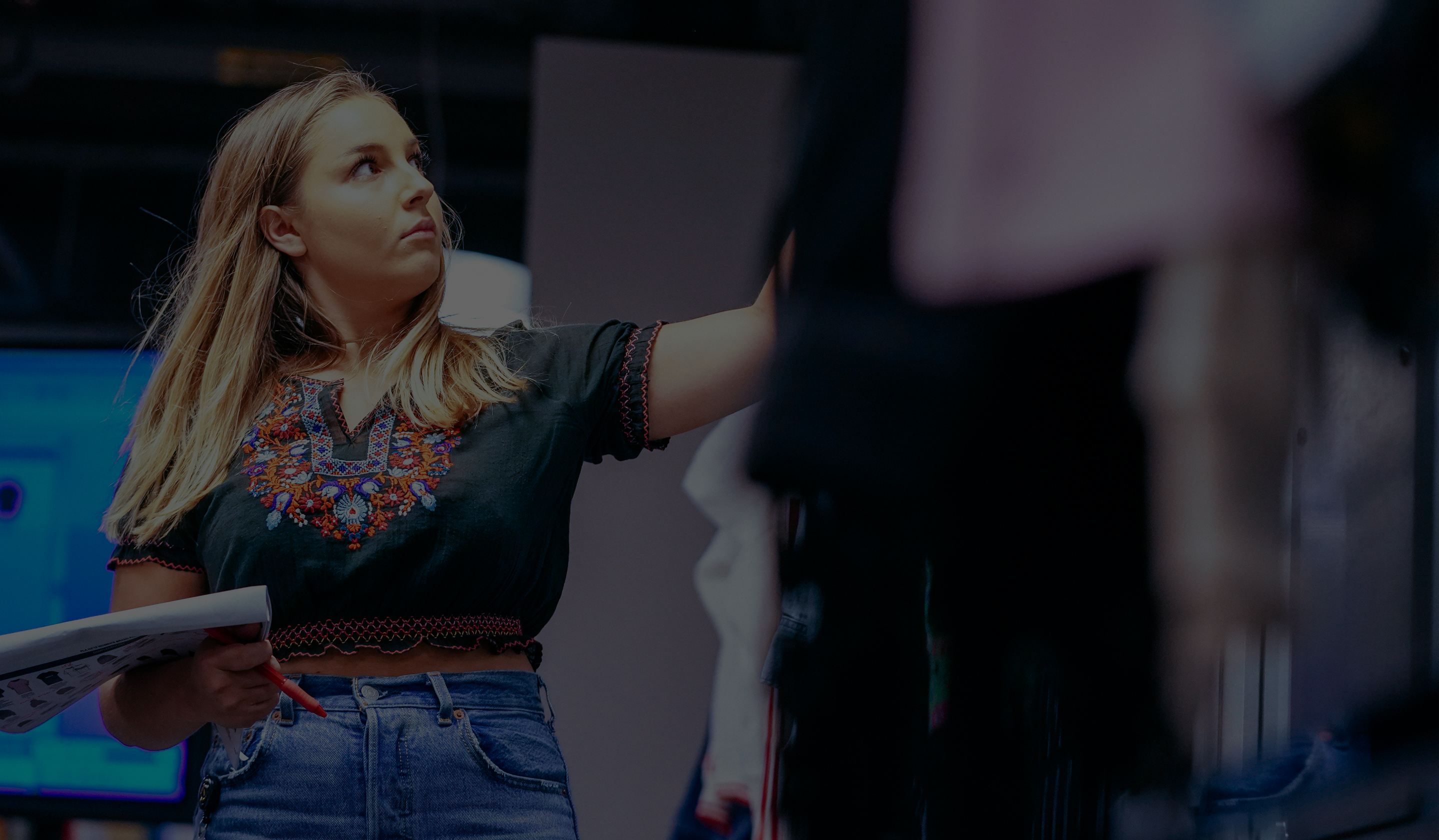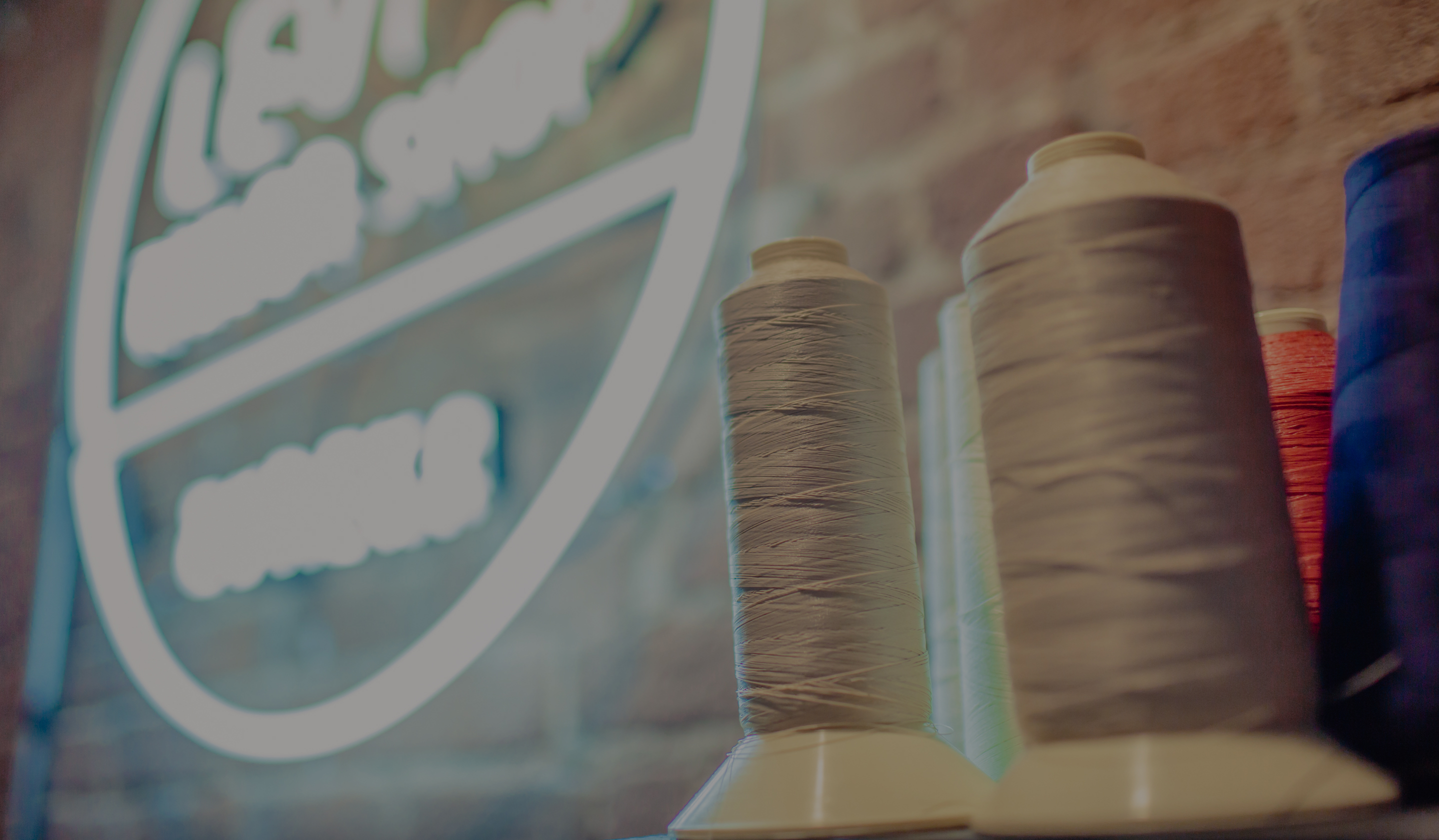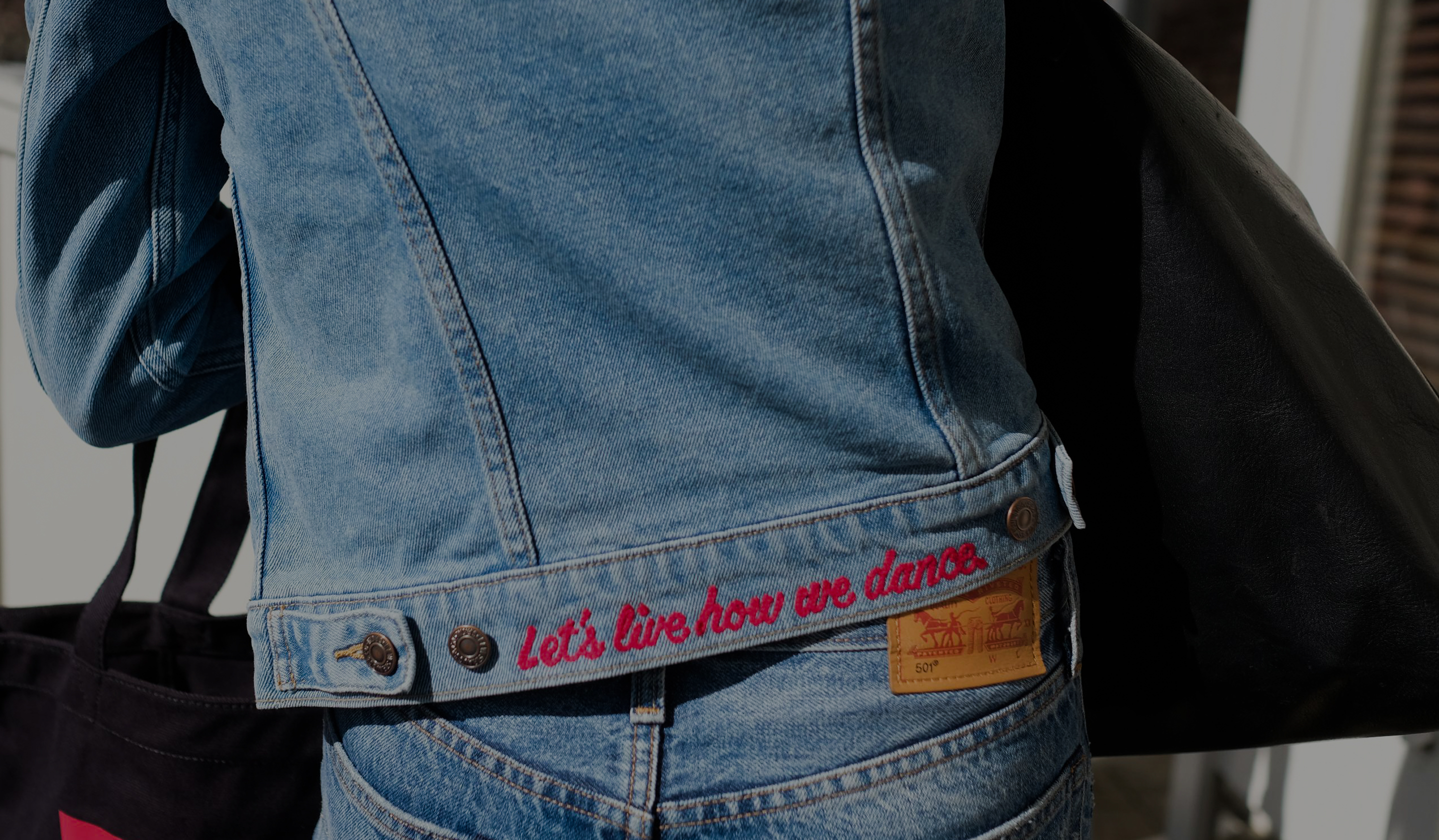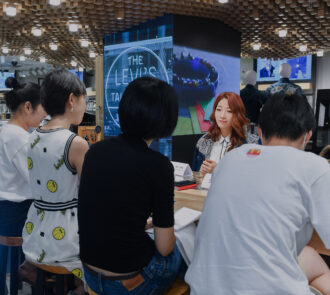Levi Strauss & Co. 2020 Sustainability Report Brief
Our 2020 Sustainability Report, In Brief
In 2019, we published a Sustainability Review, highlighting the year’s key sustainability progress. Now, in this 2020 Sustainability Report, we are expanding our reporting scope and providing comprehensive and meaningful information on the most pressing environmental, social, and governance issues for our stakeholders, our business and our industry. We aim to report more comprehensively in the future and maintain an annual reporting cadence with more frequent performance updates on key metrics.
Report Key Messages
- In the report and going forward, we are focusing our sustainability strategy on three main pillars – climate, consumption, and community – that together reflect our priorities in and beyond this moment.
- Climate is the existential crisis of our time, a threat to global commerce and communities, and we all have a responsibility to act. Reducing our carbon footprint and advocating for comprehensive climate action are priorities that touch many aspects of our business.
- Consumption: we’ll keep talking to consumers, carrying forward the “Buy Better, Wear Longer” campaign we launched this past April, while expanding our efforts to get more efficient with the resources we consume and embedding circular principles into our products and practices.
- Community: We will remain steadfast in our commitments to our broader community – our employees around the world, the women and men working in our supply chain, and the people living in the communities where we operate and engage.
- This is how we contribute to the establishment of a safer, more just, more sustainable future. It demonstrates our commitment to our values and shows we understand how sustainability creates value for all stakeholders. It aligns us with the concerns and demands of today’s consumers and investors, and it helps future proof our operations for the long-term.
Report Key Messages
- In the report and going forward, we are focusing our sustainability strategy on three main pillars – climate, consumption, and community – that together reflect our priorities in and beyond this moment.
- Climate is the existential crisis of our time, a threat to global commerce and communities, and we all have a responsibility to act. Reducing our carbon footprint and advocating for comprehensive climate action are priorities that touch many aspects of our business.
- Consumption: we’ll keep talking to consumers, carrying forward the “Buy Better, Wear Longer” campaign we launched this past April, while expanding our efforts to get more efficient with the resources we consume and embedding circular principles into our products and practices.
- Community: We will remain steadfast in our commitments to our broader community – our employees around the world, the women and men working in our supply chain, and the people living in the communities where we operate and engage.
- This is how we contribute to the establishment of a safer, more just, more sustainable future. It demonstrates our commitment to our values and shows we understand how sustainability creates value for all stakeholders. It aligns us with the concerns and demands of today’s consumers and investors, and it helps future proof our operations for the long-term.
Background, Progress and Highlights: Climate, Consumption and Community
Climate
As a company, we’re committed to doing our part to help mitigate climate change and build resilience in the face of increasingly volatile and unpredictable weather conditions. This includes reducing energy use and emissions in our own operations and our supply chain — which makes up the biggest part of our footprint — as well as supporting biodiversity and reducing waste.
Key Goals:
- 90% reduction of GHG emissions in owned and operated (scope 1 and 2) facilities by 2025, against 2016 baseline
- 100% renewable electricity in owned and operated facilities by 2025
- 40% reduction of GHG emissions across supply chain (scope 3) by 2025, against 2016 baseline
- These goals are consistent with limiting temperature rise to 1.5°C compared to pre-industrial levels
- 50% reduction of water use in manufacturing in areas of high water stress by 2025 (from a 2018 baseline)
- All key fabric and garment suppliers will meet their contextual Water<Less® targets by 2025
- All key factories and fabric mills will become designated Water<Less® facilities by 2025
Progress through 2020, a sampling:
- 57% reduction in Scope 1 and 2 emissions from 2016 baseline
- 76% renewable electricity at our owned-and-operated facilities
- 14% reduction in Scope 3 emissions from 2016 baseline
- “A” score on the Carbon Disclosure Project’s climate change survey
- International Finance Corporation Partnership for Cleaner Textile program expanded to 30+ mills and factories, with plans to expand to all key factories and mills globally all within the next several years.
- ~22% reduction in freshwater use in 2020 in high water-stressed locations
- 67% of all LS&Co. products were made using Water<Less® finishing techniques or in facilities that meet our water recycle and reuse guidelines
- Approximately 13 billion liters of water saved since the Water<Less® program began in 2011, through water-saving techniques and water reuse and recycling programs
Additional Highlights:
- Greenhouse gas emissions targets rolled out to all key suppliers
- Since 2013, our Plock, Poland, manufacturing facility has used 100% renewable electricity
- New solar power array installed at Leadership in Energy and Environmental Design (LEED) Platinum-certified distribution center in Henderson, Nevada, which will meet 20% of the facility’s electrical demand
- Development underway for new LS&Co. distribution center in Germany designed to feature building materials that support a circular economy and be net positive on climate and water
- Maersk, our largest global shipping partner, has an ECO Delivery program that uses waste-based biofuels to move large containers with net zero CO2 In 2020, we shipped 500 containers through ECO Delivery, a number that will increase to 1,000 in 2021
- Reconfigured design of shipping containers to fit more cartons into a container, allowing us to ship fewer containers overall
- Factory in Epping, South Africa, established partnership with the Cape Town municipal government to construct a pipeline to return recycled water from the municipal treatment plant to Epping
- Developing a biodiversity policy and a more comprehensive framework aligned with science- based targets for nature as outlined by the Science Based Targets Network
Consumption
We have long been committed to contributing to a more just society and a better world. This means using our scale, reach and platform to advocate for positive change, address overconsumption and drive toward a more sustainable, less resource-intensive apparel industry. It also means looking past the traditional take-make-waste model toward a circular economy, where nothing is wasted in the manufacture, use and reuse of products. And it means engaging consumers, peers and industry groups in this shared journey to a sustainable future. That’s why consumption is a key part of our approach, because if we’re not talking about consumption and acting where we must to change the paradigm, we will not see the progress our business, our communities and our planet require.
Key goals:
- 100% more sustainably sourced cotton by 2025
- 100% of manmade cellulosics sourced from Canopy Green Shirt suppliers by 2020 (met)
- Carry forward the Buy Better, Wear Longer campaign
- Maintain focus on durability and quality, design and material innovations, and collaboration.
- Continue shift from sell-what-we-make approach to make-what-we-sell approach
- Develop strategy to be circular-ready in 2025
- Within six months of our North American e-commerce operations moving to the state-of-the-art LS&Co. Henderson, Nevada, distribution center, we will eliminate polybags from e-commerce shipments
- Achieve zero-waste-to-landfill at our factories in Plock, Poland, and Epping, South Africa
Progress through 2020, a sampling:
- 83% sustainable cotton (organic, recycled and Better Cotton)
- 100% responsible manmade cellulosics
- 100% RDS-certified down
- Launched WellThread® jeans with Circulose® fiber and organic cotton blend, themselves designed to be recycled where appropriate technology exists
- Launched Levi’s SecondHand recommerce platform and expanded Tailor Shop network and offerings
- Launched digital rendering and sampling capabilities, reducing the need for physical samples
- Expanded use of cottonized hemp throughout product line, increasing from roughly 12,000 units to start to more than 1 million units in two years
- 2020 Zero Discharge of Hazardous Chemicals commitments achieved
Additional Highlights:
2020:
- Piloted rental programs and continued collaborating on upcycled collections
- Opened Levi’s® by Levi’s® London circularity concept store
- Partnered with Hohenstein Institute to use the Eco PassportTM by Oeko-Tex® certification system to enable enhanced testing, verification and transparency for chemical suppliers
- Collaborated with Scivera and NimkarTek Laboratory to pioneer cutting-edge approaches to screen and track bulk commodity chemicals in apparel supply chains
- All owned-and-operated U.S. and Canadian Levi’s® retail locations and all U.S. wholesale locations use 100% post-consumer waste stock for their print materials
2021:
- Launched Buy Better, Wear Longer campaign to raise awareness about overproduction and overconsumption, and to deliver a call to action — for ourselves, our consumers and our industry — to be more intentional about how we design, make, sell and buy clothes
- Delivered 55% hemp blend jeans through WellThread™
- Joined Fashion for Good
- Joined Ellen MacArthur Foundation Jeans Redesign Project
- Joined U.S. Cotton Trust Protocol
- Reduced number of e-commerce products needing hangers by about 5 million between 2020 and H1 2021
- Retail Sustainability Playbook includes guidelines for reducing waste in retail stores
Community
We are part of an ecosystem of relationships that collectively shape our sense of community. Our actions within this ecosystem come from a belief that we must honor the touchpoints we have up and down our value chain. This includes employee programs; diversity, equity and inclusion work; our supply chain standards and Worker Well-being initiatives; our social issue advocacy; and our philanthropy and volunteering. These are linchpins of the “profit through principles” approach that has guided us in the past and will continue to guide us going forward.
Key Goals:
- Cultivate inclusive environment where everyone feels safe, valued and has a sense of belonging — and knows unequivocally that their contributions are welcome and wanted
- Ensure that half of the interviewees for open positions are racially diverse
- Expand our leadership and development opportunities for racially diverse employees
- Report demographic and representation data internally and externally annually
- Support and nurture worker well-being in our supply chain
- Through the Levi Strauss Foundation, support non-profits and leaders who reflect the values of our company and drive progress on issues most meaningful to our communities
- Through the Red Tab Foundation, support employees and retirees in times of hardship
Progress Through 2021, a sampling:
- In early 2020, instituted paid family leave of up to eight weeks to support U.S.-based employees caring for an immediate family member with a serious medical condition
- In May 2020, extended paid sick leave to all U.S. part-time hourly retail employees
- Released representation data and committed to annual updates
- Hired Elizabeth A. Morrison as Chief Diversity, Equity & Inclusion Officer
- Welcomed Elliott Rodgers, Chief Information Officer of Ulta Beauty, to Board of Directors
- Third-party pay equity study found no systemic pay differences across gender and ethnicity
- Reached 195,400 apparel supply chain workers in 118 factories and 16 countries through our Worker Well-being programs
- Updated Sustainability Guidebook to incorporate more comprehensive guidance on pandemic safety, gender equity, migrant worker protections and other key topics
- As of mid-2021, between 85% and 90% of supply chain workers covered by digital payments
- Over 2020 and 2021, the Levi Strauss Foundation committed $2.2 million to organizations providing support to apparel supply chain workers, reaching some 650,000 workers and family members
- Continued advocacy seeking to advance voting rights, gun violence prevention, paid family leave, LGBTQI+ equality, and robust, science-based climate policy
- In 2020, the Red Tab Foundation provided $2.4 million in cash grants to employees and retirees facing hardships, 30% of which were tied to COVID-19 pandemic impacts.
- 620 frontline retail and distribution center employees participated in the Red Tab Savers program, collectively saving more than $280,000 of their own funds, with the Red Tab Foundation contributing more than $72,800 in matching rewards
Additional highlights:
- Upgraded childcare and parent support benefits and made them available to full-time retail employees
- Launched two Employee Resource Groups (ERGs) – Sawubona, which focuses on Black/African employees in Europe, and Team A.B.L.E, for families, allies and people with special needs – bringing total number to 12
- Global virtual women’s summit, RISE: Seen & Heard, attended virtually by more than 1,000 employees
- Remained part of the Open to All campaign, a commitment to welcoming everyone into our stores regardless of race, ethnicity, sexual orientation, gender identity, immigration status, religion or disability
- Joined (in 2021) the Asian American Foundation’s AAPI Giving Challenge, a five-year commitment to support Asian American and Pacific Islander (AAPI) communities in the pursuit of belonging and prosperity, free from discrimination, slander and violence


